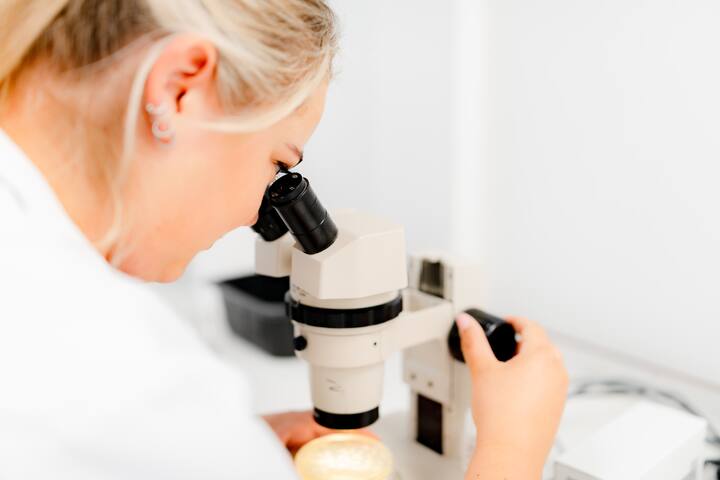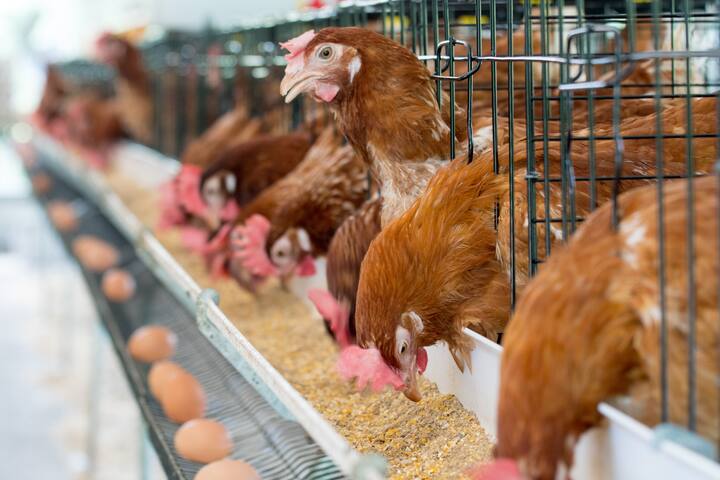
Salmonella and its hidden serotypes
Salmonella: for many, a name associated with raw chicken and food poisoning. But did you know that this bacterium exists in over 2,500 variants? Behind the well-known culprits like Salmonella Typhimurium and Salmonella Enteritidis lies a world of lesser-known serotypes that are increasingly appearing. What does this mean for our health, and what can we do about it?
Salmonella remains a global health risk. The number of reports has risen significantly in recent years. In Poland alone, 1,005 infections were reported. According to the RASFF (Rapid Alert System for Food and Feed), approximately 650 additional reports have been recorded over the past five years. The increase in serotypes such as S. Enteritidis (+250 reports), S. Infantis (+200 reports), and S. Newport (+50 reports) is particularly noteworthy. While S. Typhimurium showed a decrease of 80 reports, other serotypes are receiving increasing attention.
What does this shift mean?
The emergence of serotypes such as S. Infantis and S. Newport could indicate changes in food production and distribution, as well as improved analytical methods that reveal more variants.
In the Netherlands, approximately 600 million chickens are slaughtered annually, 80% of which are exported. In 2020, the Netherlands was the second largest exporter of poultry meat after Poland. The Netherlands also imports over 440,000 tons of chicken meat annually, primarily from Germany and Belgium, but also from Brazil, Thailand, and Ukraine.
In the first half of 2023, Dutch poultry imports increased by 12%. Imports from Ukraine, in particular, rose sharply, doubling to 52,000 tons. This may be due to Ukraine gaining full access to the European market as support for the war effort. The number of reports to RASFF from Ukraine has risen from 6 to 53. This could be due to other suppliers entering the European market, or to food production and processing in Ukraine being disrupted by the war.

Salmonella Risk Management
The source of Salmonella contamination is often found in our food. Besides poultry (>1,550 reports), the main reports concern herbs and spices (approximately 400). Black pepper, sesame seeds, and sesame products (sesame oil and tahini) are particularly problematic foods where Salmonella is more frequently detected. Other products such as nuts, vegetables (lettuce, Brussels sprouts, chili peppers), cheese (feta and mozzarella), and even confectionery like nougat are also mentioned in the reports, but significantly less frequently.
Reducing the risk of Salmonella requires a combination of awareness, regulations, and innovation in food safety. Here are some tips:
Kitchen hygiene: Wash your hands, keep cooking surfaces clean, and use separate cutting boards for raw meat.
Sufficient cooking: Cook meat and eggs thoroughly to kill bacteria.
Source investigation: Governments and companies must continue to monitor the supply chain to quickly identify sources of contamination.
Consumer education: Awareness of high-risk products such as poultry, herbs, nuts, and raw vegetables can aid in prevention.
The increase in Salmonella reports demonstrates that food safety remains a dynamic issue. With the emergence of new serotypes, it's important to stay vigilant about the risks in the food chain. Through research, regulations, and awareness, we can combat this invisible enemy.